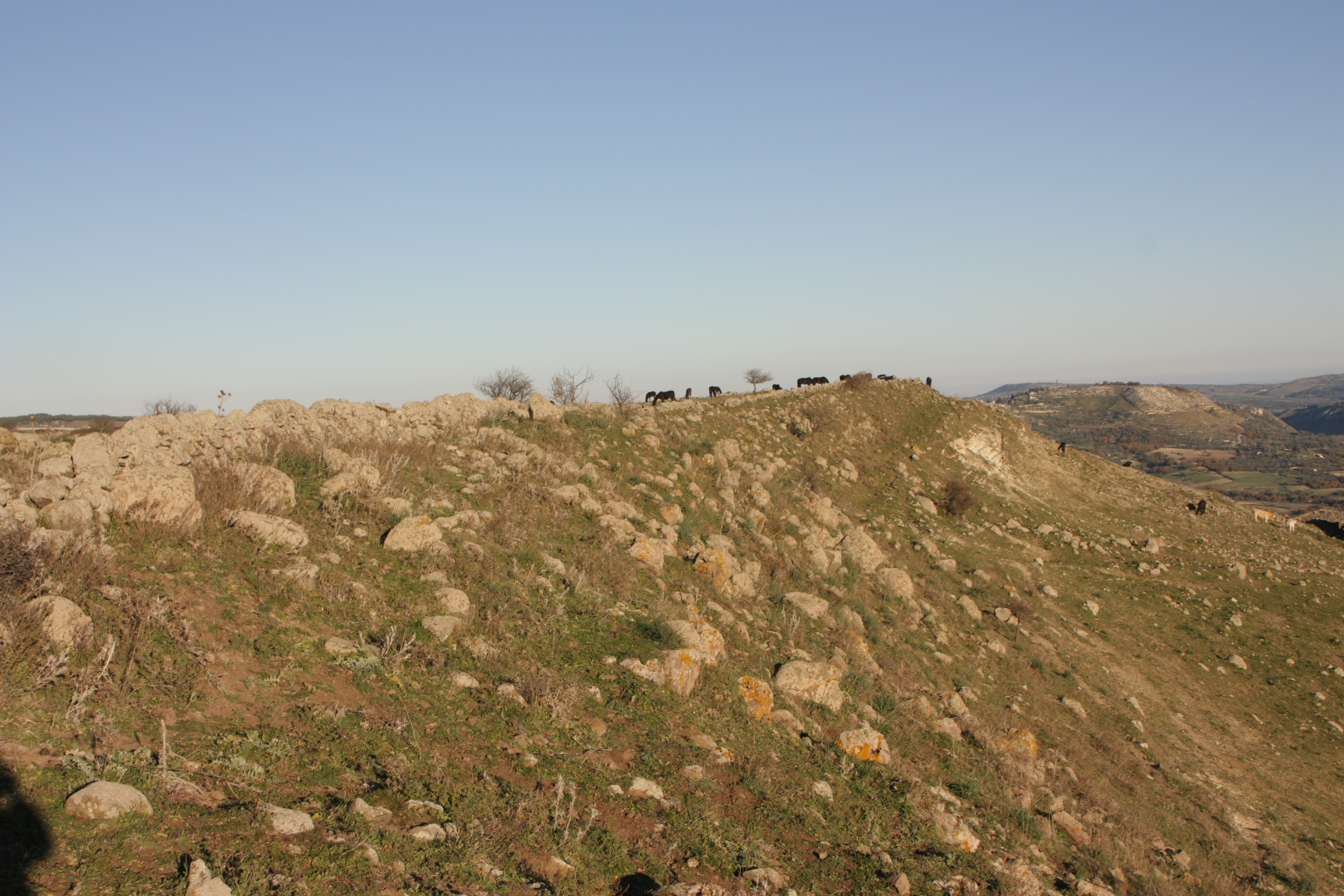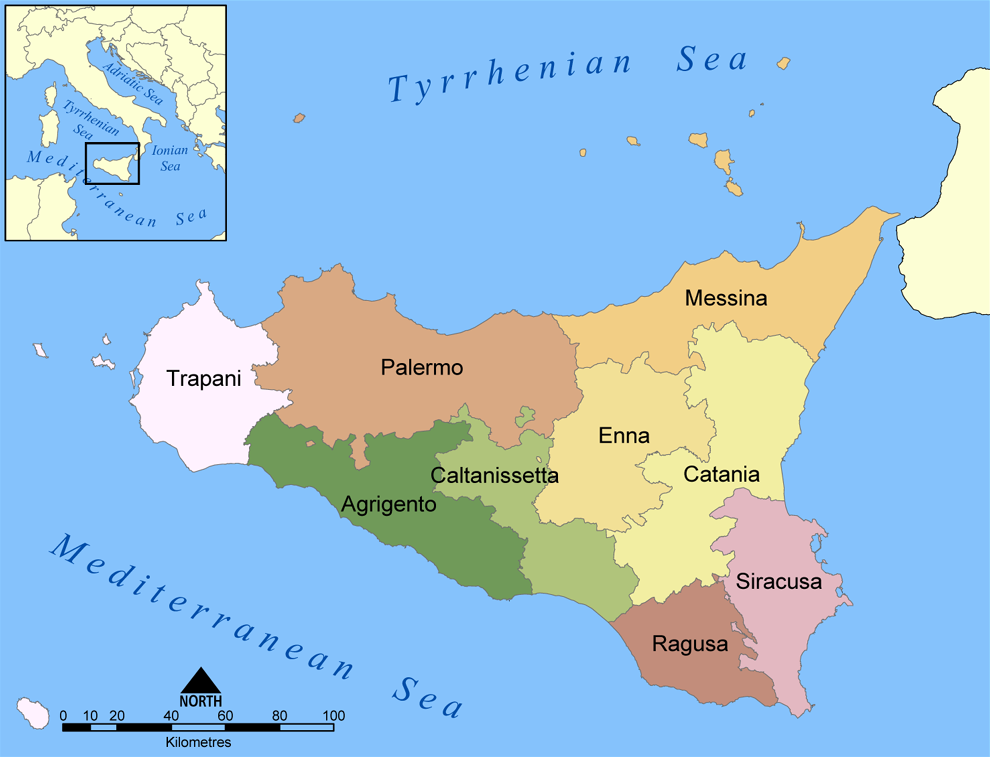|
Monte Casale
Monte Casale is a mountainous elevation on Sicily in Italy, reaching 910m above sea level, which (with the neighbouring Monte Lauro) formed part of the oldest volcanic formation of the Hyblaean Mountains. Their peaks form the boundary between the present-day provinces of Syracuse and Ragusa and the watershed between the Irminio and Anapo rivers. It is notable for its important archaeological remains, discovered by Paolo Orsi early in the 20th century and identified by him with the ancient Greek city of Casmene Casmenae or Kasmenai ( grc, Κασμέναι, Casmene in Italian) was an ancient Greek colony located on the Hyblaean Mountains, founded in 644 BC by the Syracusans at a strategic position for the control of central Sicily. It was also inte .... {{coord, 37, 05, 47, N, 14, 49, 17, E, type:mountain_source:kolossus-itwiki, display=title Casale ... [...More Info...] [...Related Items...] OR: [Wikipedia] [Google] [Baidu] |
Casmene 15
Casmenae or Kasmenai ( grc, Κασμέναι, Casmene in Italian Language, Italian) was an ancient Greek colony located on the Hyblaean Mountains, founded in 644 BC by the Syracuse, Sicily, Syracusans at a strategic position for the control of central Sicily. It was also intended as a military forward-position on the ''Via Selinuntina'' road that connected Syracuse to ''Akragas'' (modern-day Agrigento) - also on that road were Gela and Akrillai to Casmenae's west and Akrai to its east. Destroyed by the Romans in 212 BC, Casmenae was abandoned during the 3rd century BC and never inhabited again. The site was discovered by the Sicilian archeologist Paolo Orsi during the first half of the 20th century, after he had identified the most probably site at Monte Casale in Buscemi at above sea level, on an extinct volcano near Monte Lauro, from Giarratana and from Palazzolo Acreide. Remains of the defensive walls, long, are still visible along with the base of one of the temp ... [...More Info...] [...Related Items...] OR: [Wikipedia] [Google] [Baidu] |
Sicily
(man) it, Siciliana (woman) , population_note = , population_blank1_title = , population_blank1 = , demographics_type1 = Ethnicity , demographics1_footnotes = , demographics1_title1 = Sicilian , demographics1_info1 = 98% , demographics1_title2 = , demographics1_info2 = , demographics1_title3 = , demographics1_info3 = , timezone1 = CET , utc_offset1 = +1 , timezone1_DST = CEST , utc_offset1_DST = +2 , postal_code_type = , postal_code = , area_code_type = ISO 3166 code , area_code = IT-82 , blank_name_sec1 = GDP (nominal) , blank_info_sec1 = €89.2 billion (2018) , blank1_name_sec1 = GDP per capita , blank1_info_sec1 ... [...More Info...] [...Related Items...] OR: [Wikipedia] [Google] [Baidu] |
Italy
Italy ( it, Italia ), officially the Italian Republic, ) or the Republic of Italy, is a country in Southern Europe. It is located in the middle of the Mediterranean Sea, and its territory largely coincides with the homonymous geographical region. Italy is also considered part of Western Europe, and shares land borders with France, Switzerland, Austria, Slovenia and the enclaved microstates of Vatican City and San Marino. It has a territorial exclave in Switzerland, Campione. Italy covers an area of , with a population of over 60 million. It is the third-most populous member state of the European Union, the sixth-most populous country in Europe, and the tenth-largest country in the continent by land area. Italy's capital and largest city is Rome. Italy was the native place of many civilizations such as the Italic peoples and the Etruscans, while due to its central geographic location in Southern Europe and the Mediterranean, the country has also historically been home ... [...More Info...] [...Related Items...] OR: [Wikipedia] [Google] [Baidu] |
Monte Lauro
Mount Lauro is a mountain reaching 986 metres located in south-eastern Sicily belonging to the chain of Hyblaean Mountains, stretching between the three provinces of Catania, Ragusa and Siracusa. Monte Lauro is part of a complex of extinct volcanoes having formed under the sea during the Miocene epoch. Its slopes currently host more than 2330 hectares of Mediterranean coniferous forests, extending into the territories of Buccheri, Buscemi, Chiaramonte Gulfi, Ferla, Giarratana, Licodia Eubea, Monterosso Almo, Vizzini, and Carlentini. Many rivers originate there, including the ' Ánapo, by Roberto Mirisola , and |
Hyblaean Mountains
The Hyblaean Mountains ( scn, Munt'Ibblei; it, Monti Iblei; la, Hyblaei montes) is a mountain range in south-eastern Sicily, Italy. It straddles the provinces of Ragusa, Syracuse and Catania. The highest peak of the range is Monte Lauro, at 986 m. History The name derives from the Siculi king Hyblon, who gave a portion of his territory to Greek colonists to build the town of Megara Hyblaea. Geology The range is composed of white limestone rocks, characterized by Karst topography. Originally a plateau, rivers have eroded the landscape, forming numerous deep canyons. In the coastal area sandstone is also present. In some areas, such as that of Monte Lauro (once part of a submerged volcanic complex), volcanic rocks are also present. The hyblaean area is characterized by a high seismic risk. Landscape The Hyblaean Mountains are characterized by gentle slopes, interrupted by sharp valleys. In the central area are numerous woods which are intermingled with dry stone walls of ... [...More Info...] [...Related Items...] OR: [Wikipedia] [Google] [Baidu] |
Province Of Syracuse
The Province of Syracuse ( it, provincia di Siracusa; scn, pruvincia di Sarausa) was a province in the autonomous island region of Sicily in Italy. Its capital was the city of Syracuse, a town established by Greek colonists arriving from Corinth in the 8th century BC. It had an area of and a total population of 403,985 (2016). Syracuse had 8% of the Sicilian population and 8.2% of Sicily's area. Following the suppression of the Sicilian provinces, it was replaced in August 2015 by the Free municipal consortium of Syracuse ( it, Libero consorzio comunale di Siracusa, links=no). Geography and heritage The Province of Syracuse lies in the southeastern Sicily, in southwestern Italy. It is bordered to the north and north-west by the Province of Catania to the west by the Province of Ragusa, and to the east and south by the Ionian and Mediterranean seas. It occupies an area of . In 2002, ancient centres of Noto, Palazzolo Acreide and six other towns in the Noto Valley, were awarded ... [...More Info...] [...Related Items...] OR: [Wikipedia] [Google] [Baidu] |
Province Of Ragusa
The Province of Ragusa ( it, Provincia di Ragusa; Sicilian: ''Pruvincia 'i Rausa'') was a province in the autonomous region of Sicily in southern Italy, located in the south-east of the island. Following the abolition of the Sicilian provinces, it was replaced in 2015 by the Free municipal consortium of Ragusa. Its capital is the city of Ragusa, which is the most southerly provincial capital in Italy. Geography From Scoglitti to Pozzallo, the Ragusan coastline is approximately long. Along the Ragusan coast are many fishing villages such as Kaukana, Punta Secca, Marina di Ragusa and Marina di Modica. The Hyblaean Mountains are dominating the north of the province and its highest peaks are Monte Lauro, Monte Casale and Monte Arcibessi. The rivers of the province are the Irminio, Dirillo and Ippari and the only lake in the province is the Lago di Santa Rosalia along the course of the Irminio river. The skyline of Ragusa is punctuated by the towers, domes and cupolas of the many ch ... [...More Info...] [...Related Items...] OR: [Wikipedia] [Google] [Baidu] |
Irminio
The Irminio ( scn, Iriminiu; it, Irminio; la, Hirminius) is a long river located in south-eastern Sicily, southern Italy. It is the most important of the rivers of the province of Ragusa. The river springs from Monte Lauro, the main peak of the Hyblaean Mountains, which form the main part of the mountainous southeast of Sicily and runs across the province from north-east to south-west before flowing into the Mediterranean Sea east of Marina di Ragusa. Its main affluences are the streams ''Cava Volpe'', ''Ciaramite'', ''Mastratto'', and near Ragusa Ibla the streams ''San Leonardo'' and ''Santa Domenica''. Natural reserves Halfway through its course the river is housing a small area classified as ''Oasi Irminio'' for the brown trout and at its mouth the ''Natural reserve Macchia Foresta del fiume Irminio'' of . Dam The 10 November 1976 works started to build a dam along the river in the area between Ragusa and Giarratana. The structure, tall, was completed in 1983 to create th ... [...More Info...] [...Related Items...] OR: [Wikipedia] [Google] [Baidu] |
Anapo
The Anapo ( Sicilian: ''Ànapu'') is a river in Sicily whose ancient Greek name is similar to the word for "swallowed up" LSJ sv. ἀναπίνω; ἀνάποσις and at many points on its course it runs underground. The Greek myth of Anapos is associated with it. The river springs from the Monte Lauro in the Hyblaean Mountains (hills), on the territory of Buscemi, crossing the whole territory of Syracuse, where it flows into the Ionian Sea together with the Ciane. Historically, its waters were used to feed the aqueduct of Syracuse, built in 480 BC by the tyrant Gelo and running for . Its waters now power the hydroelectrical station near Solarino Solarino ( Sicilian: ''San Paulu'') is a ''comune'' (municipality) in the Province of Syracuse, Sicily (Italy). It is about southeast of Palermo and about west of Syracuse. As of 31 December 2006, it had a population of 7,365 and an area of .Al .... File:Ponte Diddino.jpg, The Diddino bridge File:Centrale Anapo.JPG, The hydroelectr ... [...More Info...] [...Related Items...] OR: [Wikipedia] [Google] [Baidu] |
Paolo Orsi
Paolo Orsi (Rovereto, October 17, 1859 – November 8, 1935) was an Italian archaeologist and classicist. Life Orsi was born in Rovereto, then part of the Austro-Hungarian Empire and now in the province of Trento in Italy. After studying at a gymnasium in Rovereto, Orsi moved to Vienna to study ancient history and archaeology. Continuing his studies at the University of Padua and graduating in Rome, he next studied at Rome's ''Reale scuola italiana di Archeologia'' (Italian School of Archaeology), Bologna's school of classical art, and Rome's school of palaeontology. Refusing offers of several university posts, Orsi decided to concentrate on field research and publications. During his studies, he discovered the prehistoric zone of Colombo at Mori in Trentino. After a brief period in a teaching post at Alatri, he took a position at the general directorate of antiquities and fine arts, and then the ''Biblioteca nazionale centrale di Firenze'' (National Central Library of Flore ... [...More Info...] [...Related Items...] OR: [Wikipedia] [Google] [Baidu] |
Casmene
Casmenae or Kasmenai ( grc, Κασμέναι, Casmene in Italian) was an ancient Greek colony located on the Hyblaean Mountains, founded in 644 BC by the Syracusans at a strategic position for the control of central Sicily. It was also intended as a military forward-position on the ''Via Selinuntina'' road that connected Syracuse to ''Akragas'' (modern-day Agrigento) - also on that road were Gela and Akrillai to Casmenae's west and Akrai to its east. Destroyed by the Romans in 212 BC, Casmenae was abandoned during the 3rd century BC and never inhabited again. The site was discovered by the Sicilian archeologist Paolo Orsi during the first half of the 20th century, after he had identified the most probably site at Monte Casale in Buscemi at above sea level, on an extinct volcano near Monte Lauro, from Giarratana and from Palazzolo Acreide. Remains of the defensive walls, long, are still visible along with the base of one of the temples and some dwellings. Historical ... [...More Info...] [...Related Items...] OR: [Wikipedia] [Google] [Baidu] |





